#lake mendota
Text


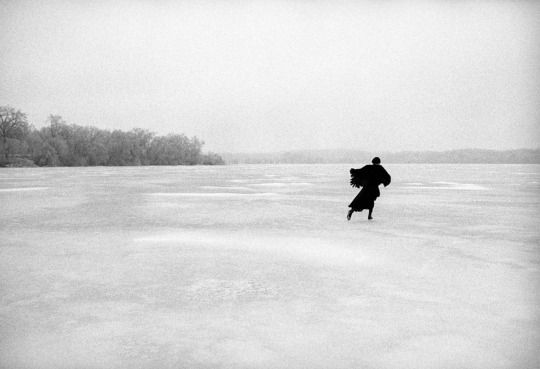

Joni Mitchell skating on frozen Lake Mendota, Madison, Wisconsin, March 1976. Photos by Joel Bernstein.
3K notes
·
View notes
Text


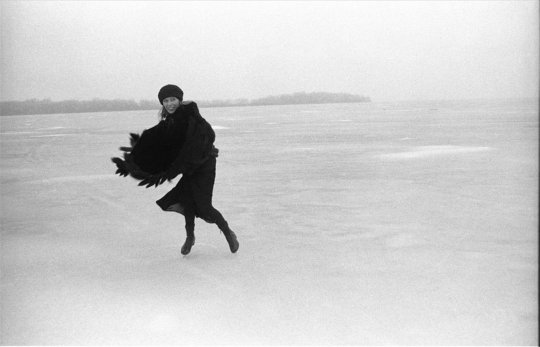
Joni Mitchell skating on frozen Lake Mendota, Madison, Wisconsin, March 1976. Photos by Joel Bernstein.
#joni mitchell#ice skating#lake#frozen#frozen lake#river#photography#Madison#wisconsin#Lake Mendota#music#black and white#black and white photography#me coded#that's the spirit#joni#mitchell
20 notes
·
View notes
Photo
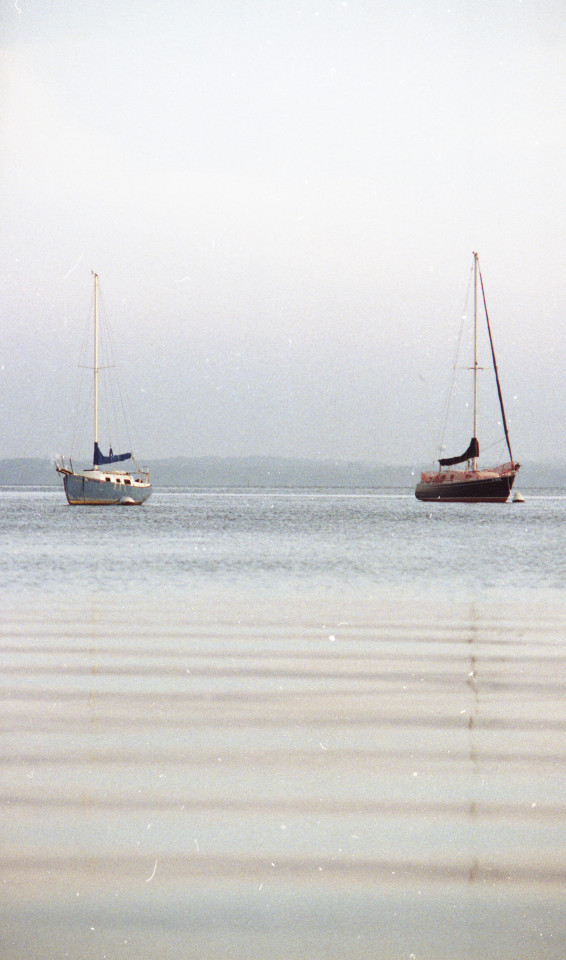

Morning Escape I / II
Canon FT-QL
Kodak Gold 200
9.18.2019
#photography#queer artists#35mm#lake#landscape#nature#sailing#midwest#uw madison#lake mendota#madison#wisconsin#filmisnotdead#film#vintage
20 notes
·
View notes
Text
Tamara Thomson from the Wisconsin Historical society found Another ancient canoe in Lake Mendota!
From the article:
“The canoe is about 14.5 feet long and carved from a single piece of white oak. It is believed to be the oldest canoe discovered in the Great Lakes region by roughly 1,000 years.”
#it’s so damn cool#archaeology#archeology#Great Lakes region#just fyi that local tribal leaders are working with the wisconsin historical society on this#it’s just so cool to me to think of people living in the same place as me 3000 years ago#and boating and fishing on the same lakes#lake mendota#underwater archaeology#cheesehead tag#wisconsin
35 notes
·
View notes
Text
Nic Saves the Day: 1994
Nic spends every morning of the summer at Junior Lifeguard Camp at Lake Mendota. Izzy is resentful of how much attention Nic gets when she wins a gold medal at the Junior Lifeguard games but she’s also hiding her fear of swimming in the open water.


Over the holiday weekend, the family heads to the lake for the day. The girls change into their swimsuits, lay out their towels and splash each other in the cold water.
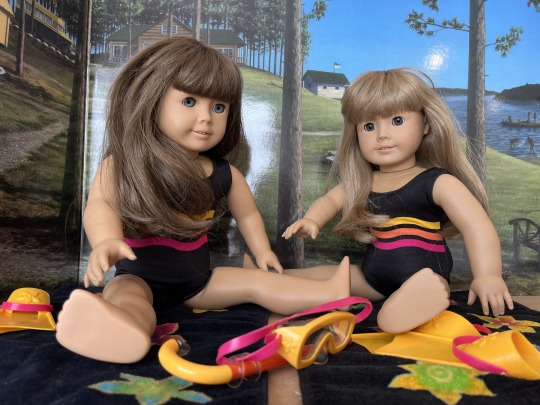

Nic challenges Izzy to a race and before Izzy can agree, dives in and starts swimming to the point. Izzy chases after her but falls behind. Nic realizes she can’t see Izzy and turns back to find her twin struggling with a leg cramp. Nic uses her junior lifeguard skills to rescue Izzy and bring her back to the safety of the beach. Izzy is grateful and impressed by Nic’s bravery and hard work learning about lifeguarding.
To read the girls' other stories:
Meet Izzy and Nic
Izzy and Nic Learn a Lesson
Surprise Izzy and Nic
Happy Birthday Izzy and Nic
#90's#Isabel and Nicki#american girl#pleasant company#american girl of today#1994#Molly#Camp Gowonagin#lake mendota#middleton wisconsin#junior lifeguarding
4 notes
·
View notes
Text
8 notes
·
View notes
Text
Some thoughts on lake ice resilience and global warming
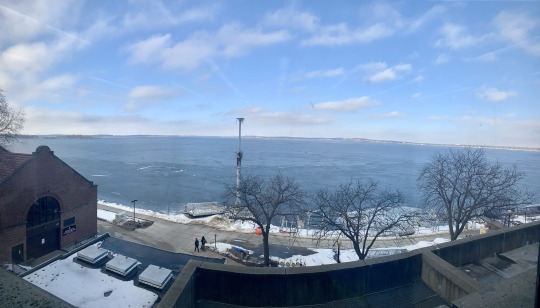
Monday, January 29th 2024
College Library overlooking the seemingly almost unfrozen Lake Mendota - Madison, WI
1:26pm
__________
I sat here because I wanted a closer look at the lake. From a far it looks completely melted, blue as late spring and still as late fall on the only day with sun and absolutely no wind to make the surface all choppy, from a distance the lake is a blue plate of jello, a watercolor pallet, matte blue-green with specks of white where maybe people had drilled holes for ice fishing or the wind pushed together two massive ice plates like continental margins being formed, little Himalayas among a flat green Tibetan plateau. From here up on the second floor of Helen C White it looks about the same. I can see a blue tent in the distance on the ice, though no other signs of human activity are present. I fear that the ice is too thin to walk on and no one wants to test it. Maybe the blue tent was a bold ice fisher who set up his tent a couple days ago and got hit with the unseasonably warm rainstorm that melted most of the snow on the sidewalks and roads and flushed salty runoff into the lakes, and sitting out there on one of these temporarily stationary tectonic plates floating atop increasingly warm and increasingly salty water masses felt like an increasingly bad idea.
Salt lowers the melting point of ice. This means that salty water can stay liquid even below 0 degrees Celcius. That’s the principle behind de-icing salt that suburban family dads dump on their sidewalks by the bucket-full. That salt dumped on the sidewalk does a good job of melting the ice there on the sidewalk but that salty water that results from melting sidewalk ice doesn’t simply disappear. The salt stays in the water, or the water dries and the salt evaporates and stays on the sidewalk until the next rainstorm or snowfall comes to interact with it and the melting point of water again, keeping the water in liquid form where it can flow more readily, always downhill and always to larger bodies of water like lakes and rivers and eventually oceans. That water flows downhill is among the most fundamental laws we know of. Salt flows with water is a corollary, which is important to remember when one feels bold enough to tempt fate and walk out on the beautiful but unquestionably unseasonably thin ice so one can experience that sublime solitude that frozen lakes offer. Salty lake water makes for a sublime frozen lake experience when said ice grows thin and one wrong step can mean a very cold and very quick death of hypothermia.
What happened to the owner of this blue tent way out there? Is he still sitting there inside the tent, bent over a hole in the ice, trying to remember what thickness the ice becomes unsafe to walk on? Or maybe the tent got abandoned during the rainstorm and refroze, deeper than before, into the lake when all that fallen rain turned back into ice overnight, as the air temperature dropped below the freezing mark one again? Such questions aren’t common this time of year, but its seems likely they’ll be more top of mind as the winters get warmer and our lake ice days grow shorter and shorter until one season, maybe 5 or 10 years from now, the ice never comes and the lake remains liquid for an entire year stretch, for the first time in millenia.
When was the last time this lake went a whole year without freezing? Has it ever happened? This lake is not that old. This lake was born out of the last glacial maximum, which peaked around 12,000 years ago. We’re still technically in an ice age, geologically speaking. Of course all the fossil fuel burning that releases greenhouse gases is making this transition happen much more quickly than it would have otherwise, but the average temperature now is still relatively cool compared to say 50k or 100k years ago. Is that correct? I actually don’t know. I sound confident but my timescale may be off. All I know is that the Holocene epoch has been characterized by lots of cold and ice and glaciers and frozen water, and the thousands of years that predated that epoch were warmer. But I also don’t think Lake Mendota existed before a 10,000 years ago, so it very well could have experienced an annual winter freeze every year of its 10,000+ year lifespan. Limnologists will know the answer to this, but I’m just speculating because that’s what I’m good at.
Someone is walking on the ice now. Looks like a student, a girl, wearing a white backpack and white puffy coat, shuffling along on the slick ice surface, jumping slightly and sliding with both feet now and then. She walks past a white patch, what looks like an ice fishing hole. She looks down into it, and I fear she will try to stand on the crystal clear frozen ice surface of the hole — assuming the hole is old enough to allow ice to form over its surface. Doing so would probably result in the girl breaking through the ice surface, given the mild air temperatures this past week. But she just looks down at it and then keeps shuffling. Others walk by on the lakeshore path, solid concrete and in no danger of breaking under human weight, or truck weight or boat trailer weight.
Concrete, the new and improved ice, the forever opaque ice. The unidirectional frozen water. What starts as a fluid, a slurry of rock and clay, becomes one big grey crystal in whatever shape you molded it. Unlike ice, concrete requires no specific temperatures for effective application. Though new concrete does like being sprayed down with a hose, or rain, every few hours for the first couple days after it’s been poured, just so it cures evenly and doesn’t crack. Ice cracks when it warms, and cracks when it cools, splinters and fragments musically when it comes together, the forces of two respectively lake-sized sheets of transparent concrete shoving up against one another under the force of wind and water currents underneath. Or sometimes the two ice plates will diverge, create a divergent boundary like Oldovai Gorge in Tanzania or the basin and range province of Nevada and eastern Californa. Two plates pulling apart leaving liquid between them, forming volcanoes and lava flows in the case of mineral rock and smooth ice skate-able glass water in the case of lake.
I might be overreacting, or maybe I’m showing my ice ignorance. It is true that climate change will make lake ice increasingly rare as temperatures get warmer. But I also do not know what thick vs thin ice looks like. I do not know what “normal” frozen lakes are supposed to do or what appearance they are supposed to project. I know that I am deeply deeply afraid of falling through thin ice into a 33 degree (F) body of water and flailing my arms and legs trying to scramble back onto the frozen surface and possibly burning my energy out or cramping my frigid muscles in the process and slipping back down into the deep dark icy depths to die. But I have also spent only four winters here in Wisconsin, several of them shortened by travels back to California in November or December to visit family in the much warmer locales of Los Angeles or San Diego or to Las Vegas, NV where winter temperatures can be in the 60s (F) without anyone really blinking. So my knowledge of lake ice is limited, and my perceptions shaped by my fears.
The blue tent I described earlier is now gone. I caught a glimpse of its owner walking back toward picnic point to the west, pulling a sled behind him/her. Very casual, no worries, just another day out on the lake. A third person is seen walking on the frozen surface, now bending down to inspect the plate boundary, white with broken pieces of ice crystal. They have a tripod set up next to them and they run back and forth sliding on the ultra smooth surface. Something I myself have done many times, though in much colder weather (if at the same time of year).
Perhaps the lake is not in danger of losing its ice cover just yet. It has only lost the white blanket of snow cover that usually sits on its surface, giving the appearance of a vast arctic tundra, solid as concrete and infinite as the planet itself. The albedo is lower now as little snow remains, and the light shining down from the sun penetrates the clear ice before being absorbed in the water somewhere several meters down, scattering blue-green light that bounces back up through the ice. This is what makes the ice appear so thin, makes it appear so (liquid) water-like. But appearances can be fooling. Caution is certainly still warranted and I may have to tread very lightly if I choose to venture out onto the lake in this comfortably disturbing late-January warm spell, but the lake system is more resilient than I perhaps gave it credit for. It will take much more than a few weeks of sup-freezing weather to transform the lake from its present state. But it can happen, and it may happen — likely will happen — someday. I hope I'm not standing on the lake surface when it does.
0 notes
Text
Wedding at Memorial Union at the University of Wisconsin in Madison
Max and Julia's wedding at Memorial Union at the University of Wisconsin in Madison on a perfect June day, including a trip to the capitol!
Earlier this summer I had a wonderful opportunity to assist my new friend Jen for a wedding at Memorial Union. It was my first time ever visiting the University of Wisconsin in Madison. I was absolutely blown away by its beauty and magnificence. Memorial Union at UW Madison is a beautiful backdrop for a wedding!
We even took a bus downtown to the Capitol building, where we took some wedding party…

View On WordPress
#capitol building#college wedding#indoor ceremony#indoor reception#June#Lake Mendota#Madison#Memorial Union#second shooting#summer#Wisconsin
0 notes
Text

1 note
·
View note
Text
Mendota Lighthouse
Delaware, Michigan, United States

Source: Wikimedia Commons
Constructed: 1895
Decommissioned: 1956
Have a favorite lighthouse? Curious about lighthouses in general? Send an ask!
3 notes
·
View notes
Text

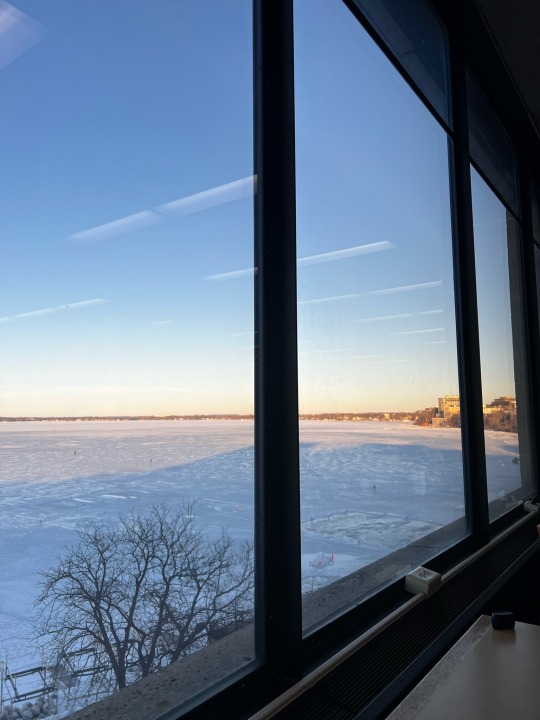
Whore for sunsets while studying
#photography#academia#college#studying#sunset#winter#lake#madison#mendota#honestly im so behind in my classes lmao
3 notes
·
View notes
Text
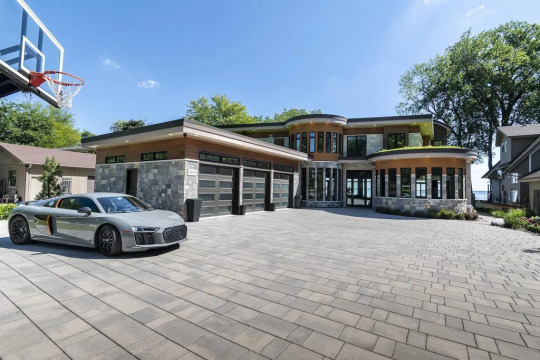
This 2019 Contemporary in Madison, Wisconsin has some very cool features. 5bds, 6ba, $3.9M.
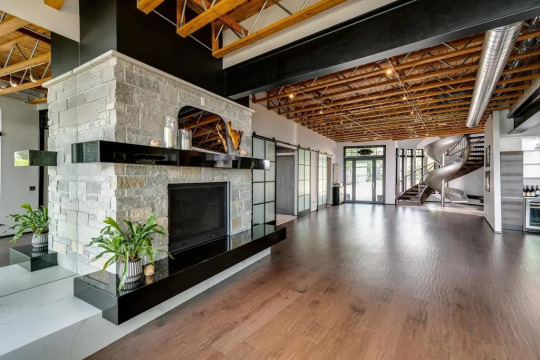

Very open concept with a beautiful double sided fireplace. On the other side is a sitting room.

And, it's got this cool slide option when descending the stairs.
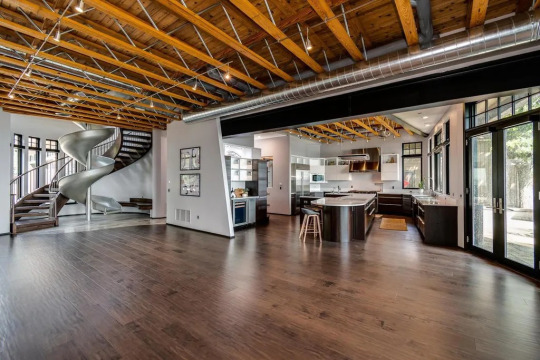
The ceiling gives it a very industrial look. Not sure how I feel about it, though. The 2x4s give it a flimsy look.



There's something so sleek about black cabinets with solid bright white.

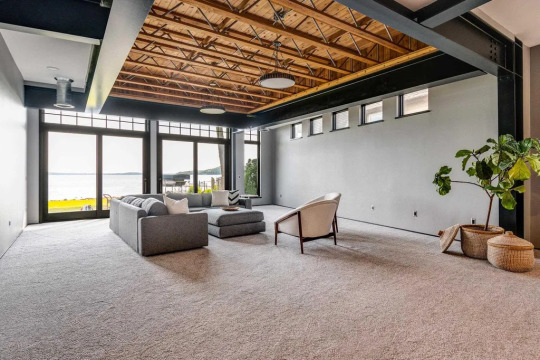
Family room with a view of the lake.
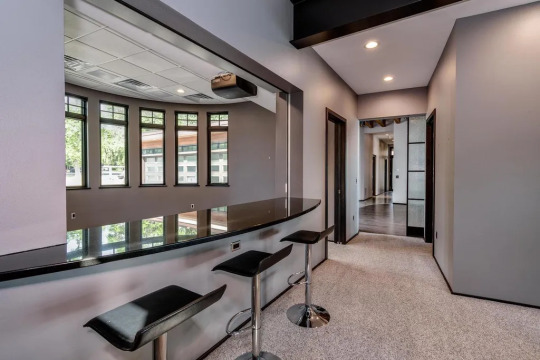
This counter at the TV room must be so you don't eat snacks in the room and spill stuff.

There's not much space in here.

Huge game room for online gaming as well as pool, pinball, etc.

If you don't want to take the stairs or the slide, there's an elevator.

Look at the platform on the slide.

I expected the primary bedroom to be larger.


The en-suite looks as large as the bedroom and his this cool tub with a view.

The closet/dressing room.


Nice secondary bedroom with en-suite and balcony.


2 laundry rooms.

In the rear of the house you can see the balconies, decks and patios. But, look up.

Grass on the roofs.

You'll have to mow the roof.

The house is on the shore of Lake Mendota. There's a pier for a boat, too.
57 notes
·
View notes
Photo
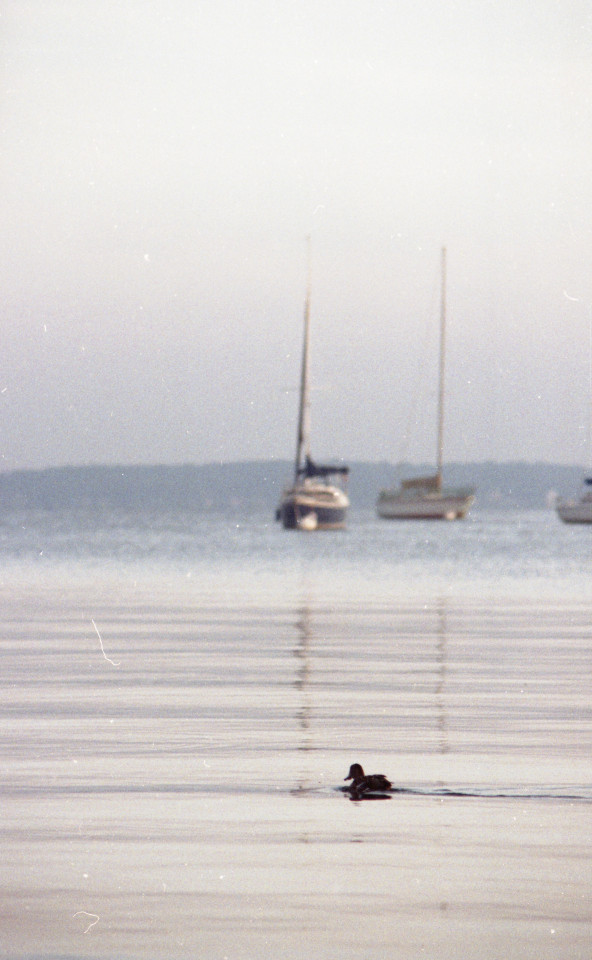
Morning Escape III
Canon FT-QL
Kodak Gold 200
9.18.2019
#photography#queer artists#35mm#lake#duck#wildlife#landscape#nature#sailing#midwest#uw madison#lake mendota#madison#wisconsin#filmisnotdead#film#vintage
10 notes
·
View notes
Text

Lake Mendota, 1979
20 notes
·
View notes
Text
3 notes
·
View notes
Photo

Joel Bernstein, Joni Mitchell, Lake Mendota, March 1976
249 notes
·
View notes